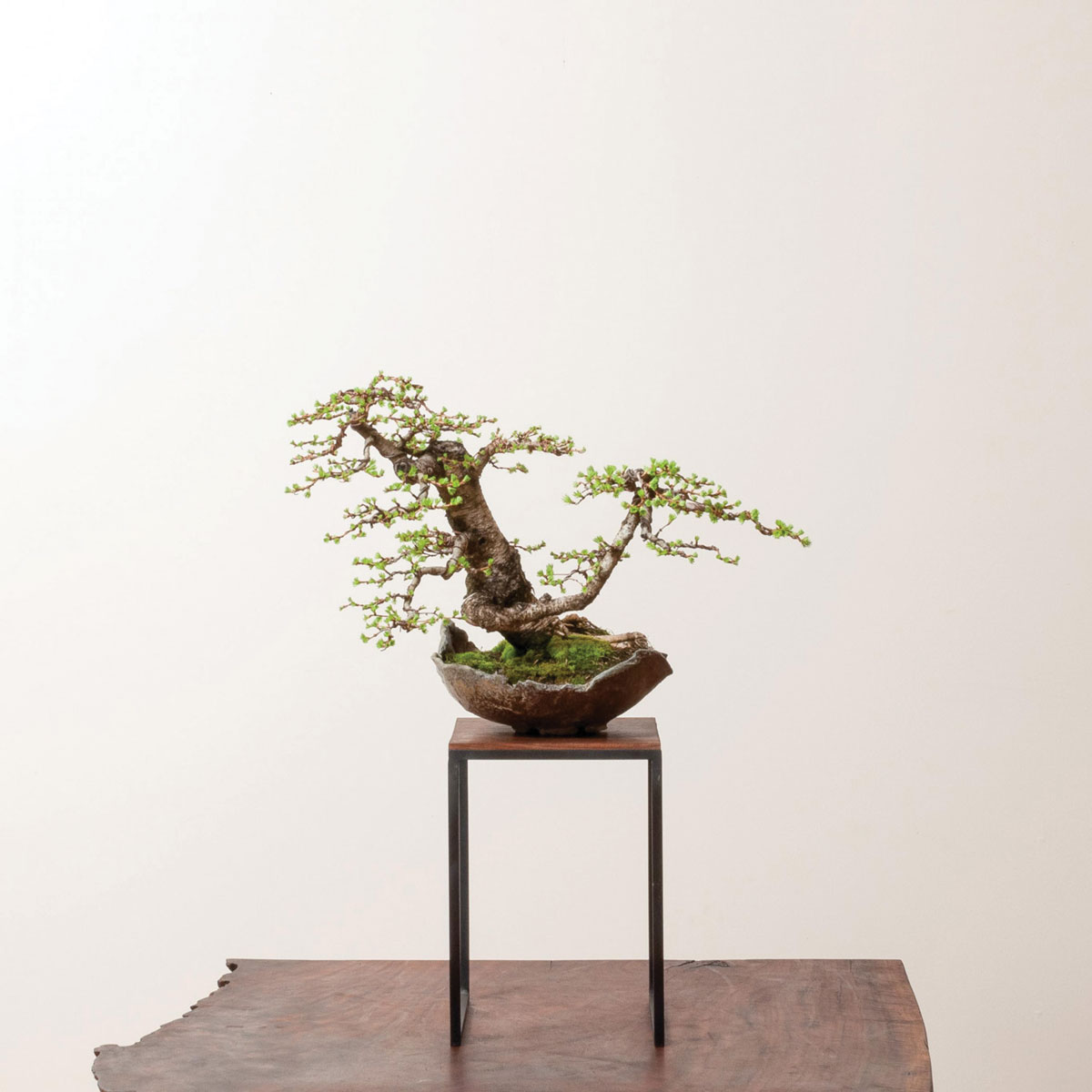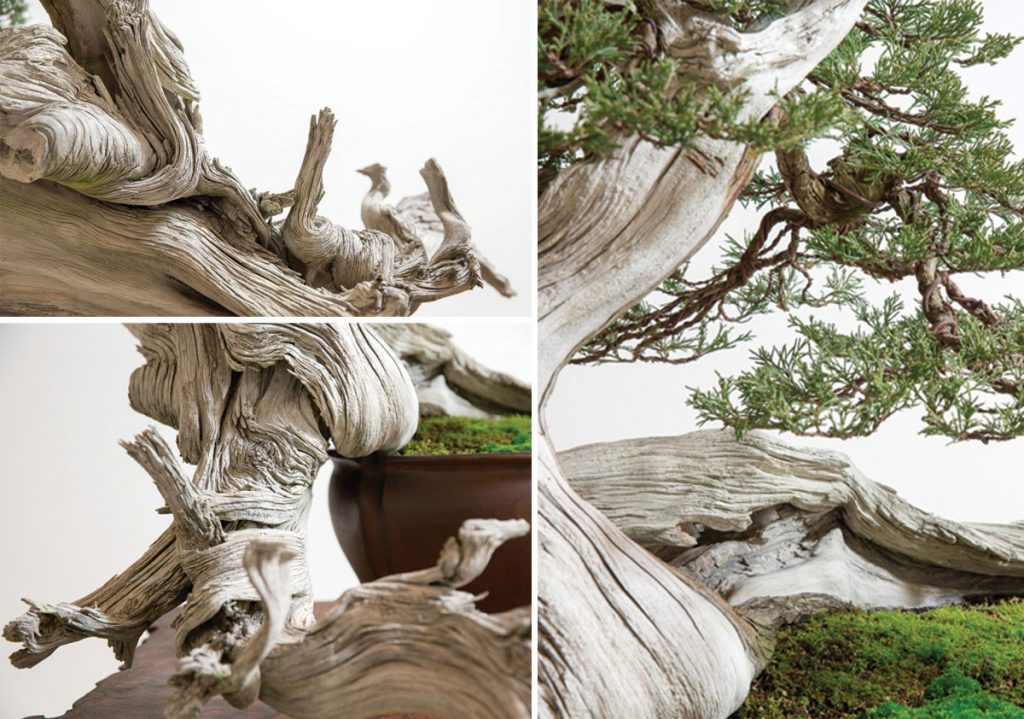
American Bonsai Master Shares Secrets of This Ancient Art
- Text by J.H. White
A young boy watches intently as he learns for the first time about an ancient artform while watching the 1984 classic film “The Karate Kid.”
“It was so mysterious,” he says, years later as an adult. “It seemed like an untouchable artform that was something only a really wise, old established person could do.”
The artform is not karate, but bonsai. Ryan Neil, who was that young boy, is now a master bonsai artist and founder of Bonsai Mirai. His bonsais sell for up to $750,000, and breathe life into interiors of wealthy clientele and places like the Portland Art Museum.
In the middle of his horticulture degree, Neil tried to court the father of modern bonsai, Masahiko Kimura, for an apprenticeship in Japan. Twenty-two letters to Kimura went unanswered; on the 23rd, Kimura agreed.



Neil was the first Westerner to apprentice under Masahiko Kimura, who gave the eager American an essential foundation in bonsai. While he received almost no praise in his first few years (common in traditional Japanese tutelage), he cultivated a tender friendship with the trees.
One challenge was learning to be present, something he’s improved through the simple act of watering the trees throughout the day.
“This simple need to meet the necessities of their existence is a ritual on a daily basis, and multiple times a day,” he says. “[It] outweighs and triumphs over any superficial need to engage with the rapidity of the technological world.”
Neil says bonsai is a different artistic medium than painting, for example, where the artist can fully control where he wants to place his paint and brush. Bonsai is more like the performing arts.

“I’d say that dance has become a major influence for me, and the lines of the human form and human figure expressing mood, mentality, culture, and behaviour also heavily influences the way that we approach a tree, because trees have that personality,” he says.
Today, ten years after returning to the U.S., Neil is most famed for his adaptation of the ancient art form to local culture. He’ll do bonsai with redwood trees, which are essential to his own American heritage; or he’ll use olive trees, integral to the European landscape.
“That is the power to connect people to the landscape, to connect people to those pieces of their culture that they identify with, and all of a sudden they are stimulated,” he says.
Neil’s innovative approach enables him to craft beautiful works at Bonsai Mirai that couldn’t be imagined in a strictly Japanese interpretation of bonsai.
“I think to try and do Japanese bonsai is more disrespectful towards the art of bonsai, than to allow myself to do what is intuitively natural,” Neil says.
Neil’s journey with bonsai began at age 12; he studied in Japan intensely for six years; and ten years ago, he established Bonsai Mirai, a bonsai school and nursery. Despite his experience and international acclaim, Neil says he has yet to create a masterpiece.

“I’m too young in my exploration of the artform to really be able to identify singular pieces, and say that this was a pivotal moment for me,” he says. “I think that probably has to organically occur over the course of a much more prolonged profession.”
Neil works with trees up to 2,000 years old. By working with such ancient lives, he’s realized bonsai is less about the final work, and more about respect for other beings and living in harmony with nature.
“You have to function at the pace of the tree and let the tree guide the dance,” he says. “It is a really old-world manner and method of existing and behaving. Each of you are growing at every step of the way, which makes that journey extremely special.”
Inspired for a Beautiful Life
Related Articles

Illustrating Humanity
One artist’s fateful path begins with a fall that leaves him in silence but ends with the colour and beauty of a Rembrandt.

Revival of a Lost Art
Lee Young-Hee, Seoul’s go-to designer for presidents and international dignitaries








